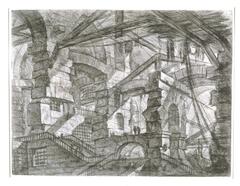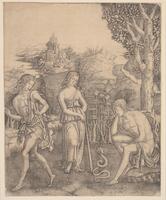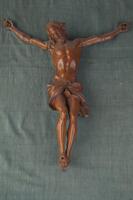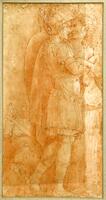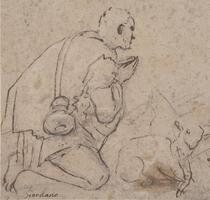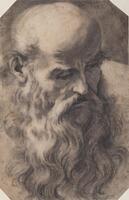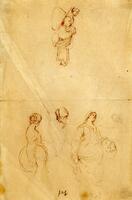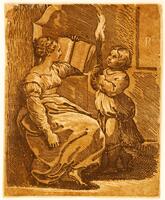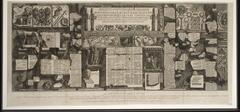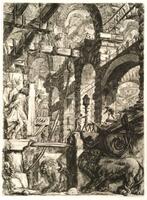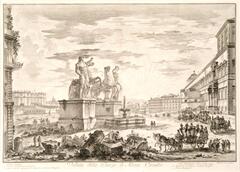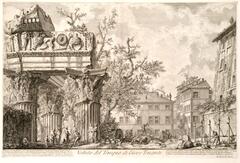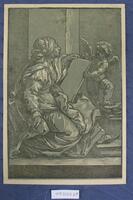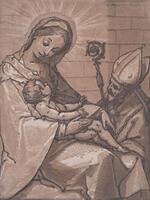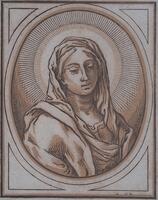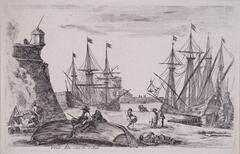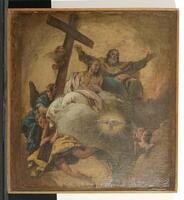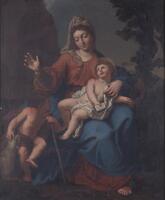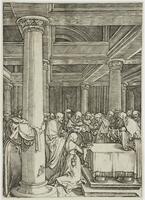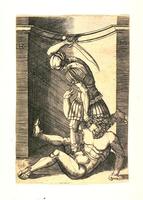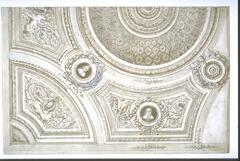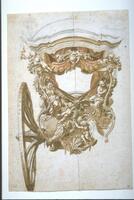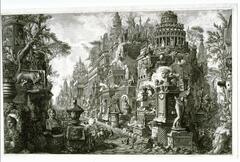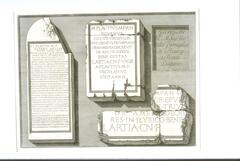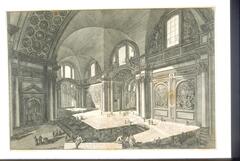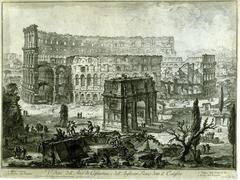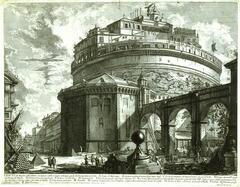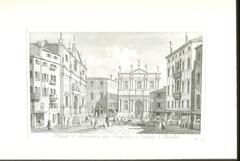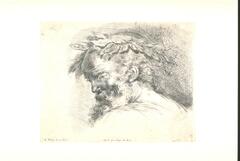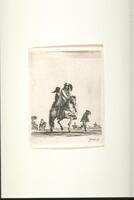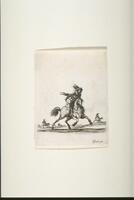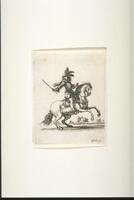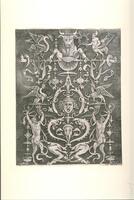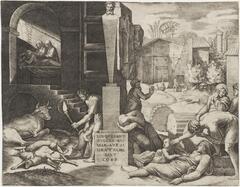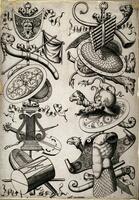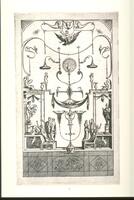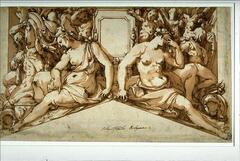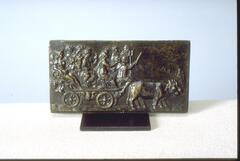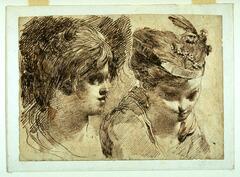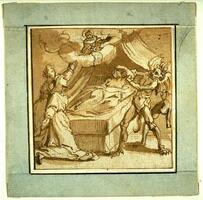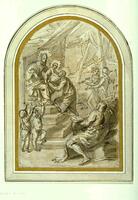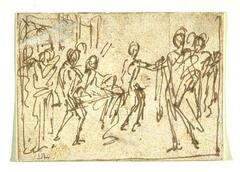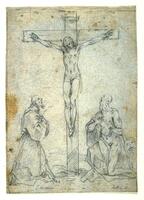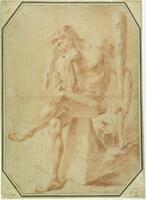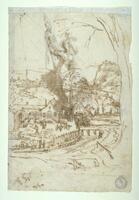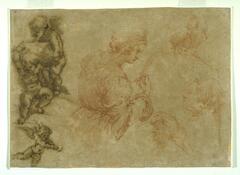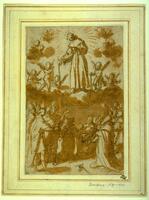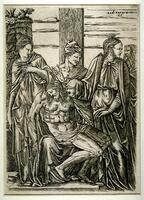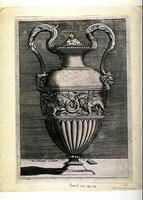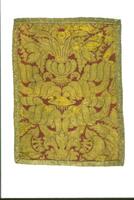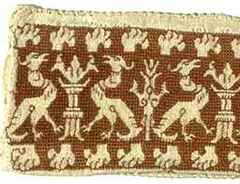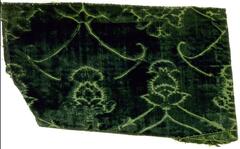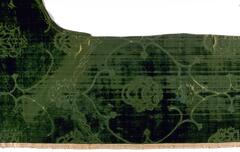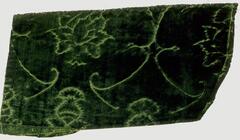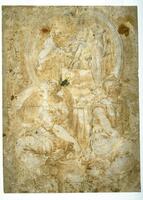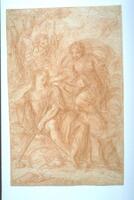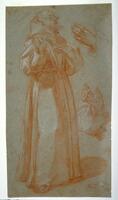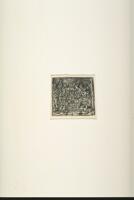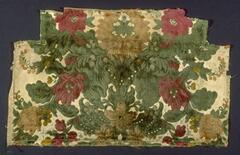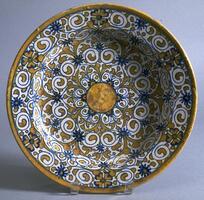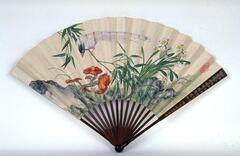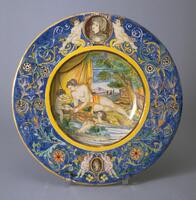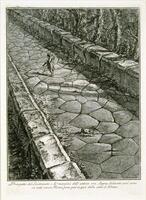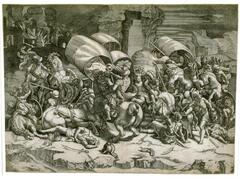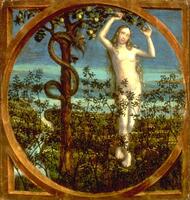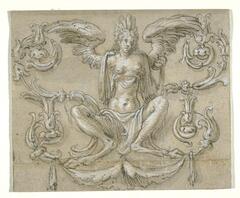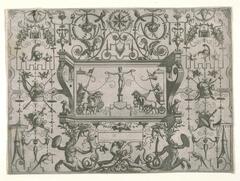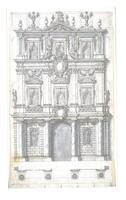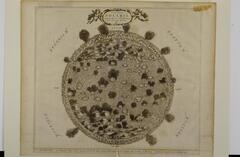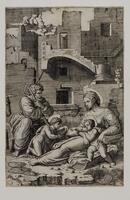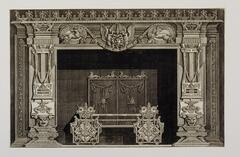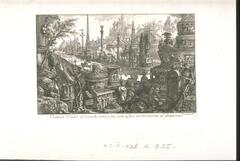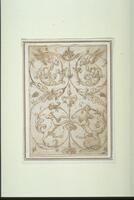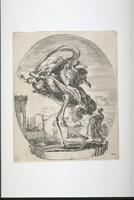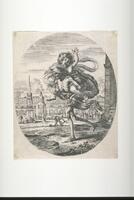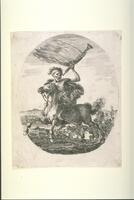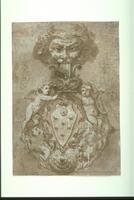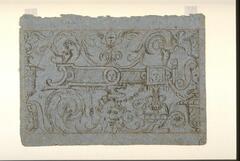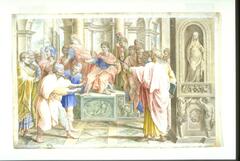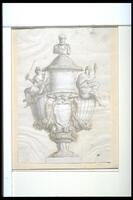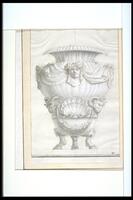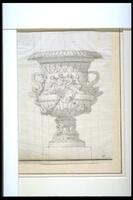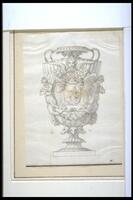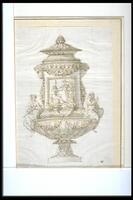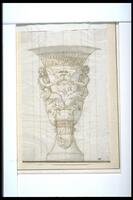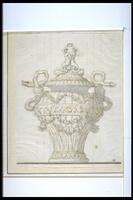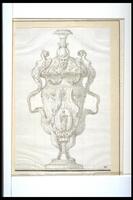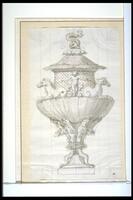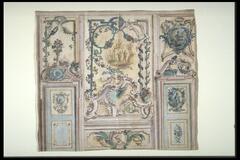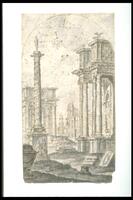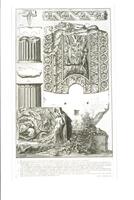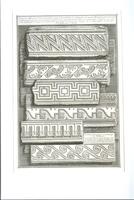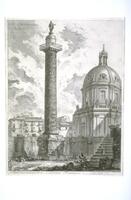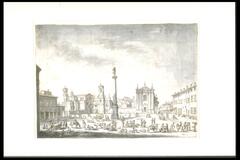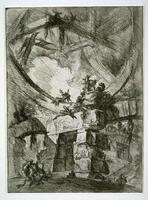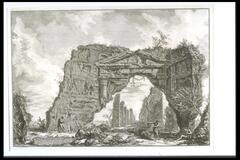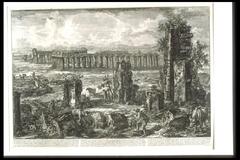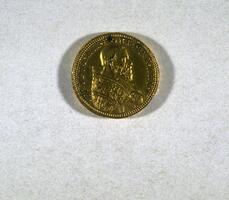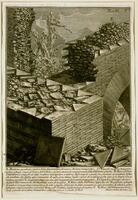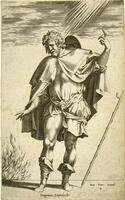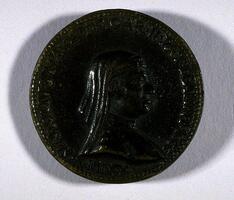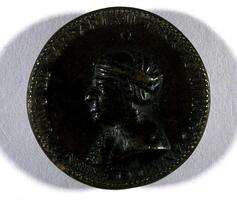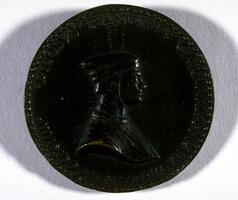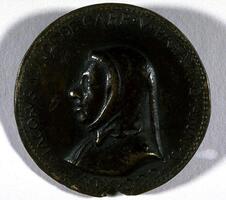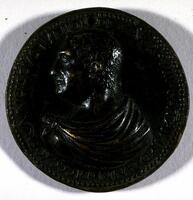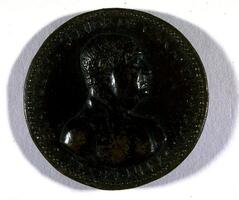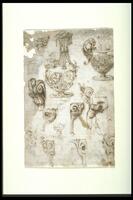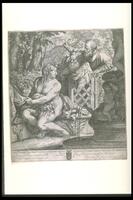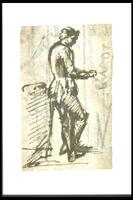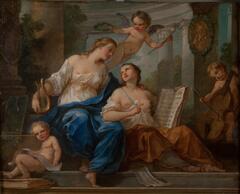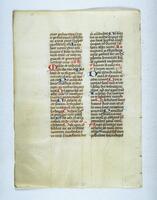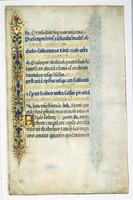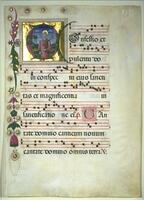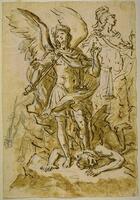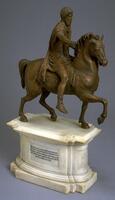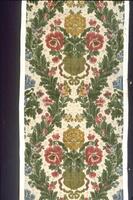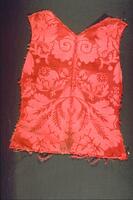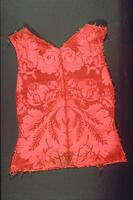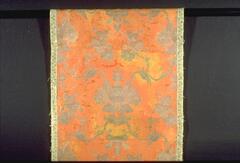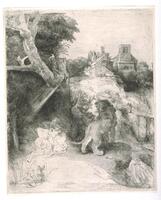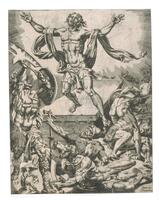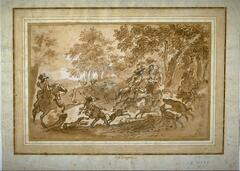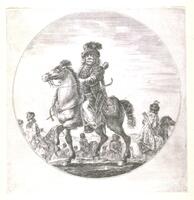230 Items in this Learning Collection
Collection Object
Collection Object
Collection Object
Collection Object
Collection Object
Collection Object
Collection Object
Collection Object
Collection Object
Collection Object
Collection Object
Collection Object
Collection Object
Collection Object
Collection Object
Collection Object
Collection Object
Collection Object
Collection Object
Collection Object
Collection Object
Collection Object
Collection Object
Collection Object
Collection Object
Collection Object
Collection Object
Collection Object
Collection Object
Collection Object
Collection Object
Collection Object
Collection Object
Collection Object
Collection Object
Collection Object
Collection Object
Collection Object
Collection Object
Collection Object
Collection Object
Collection Object
Collection Object
Collection Object
Collection Object
Collection Object
Collection Object
Collection Object
Collection Object
Collection Object
Collection Object
Collection Object
Collection Object
Collection Object
Collection Object
Collection Object
Collection Object
Collection Object
Collection Object
Collection Object
Collection Object
Collection Object
Collection Object
Collection Object
Collection Object
Collection Object
Collection Object
Collection Object
Collection Object
Collection Object
Collection Object
Collection Object
Collection Object
Collection Object
Collection Object
Collection Object
Collection Object
Collection Object
Collection Object
Collection Object
Collection Object
Collection Object
Collection Object
Collection Object
Collection Object
Collection Object
Collection Object
Collection Object
Collection Object
Collection Object
Collection Object
Collection Object
Collection Object
Collection Object
Collection Object
Collection Object
Collection Object
Collection Object
Collection Object
Collection Object
Collection Object
Collection Object
Collection Object
Collection Object
Collection Object
Collection Object
Collection Object
Collection Object
Collection Object
Collection Object
Collection Object
Collection Object
Collection Object
Collection Object
Collection Object
Collection Object
Collection Object
Collection Object
Collection Object
Collection Object
Collection Object
Collection Object
Collection Object
Collection Object
Collection Object
Collection Object
Collection Object
Collection Object
Collection Object
Collection Object
Collection Object
Collection Object
Collection Object
Collection Object
Collection Object
Collection Object
Collection Object
Collection Object
Collection Object
Collection Object
Collection Object
Collection Object
Collection Object
Collection Object
Collection Object
Collection Object
Collection Object
Collection Object
Collection Object
Collection Object
Collection Object
Collection Object
Collection Object
Collection Object
Collection Object
Collection Object
Collection Object
Collection Object
Collection Object
Collection Object
Collection Object
Collection Object
Copyright
All Rights Reserved
()
Dish
Accession Number
1969/2.38
Title
Dish
Artist(s)
Italian
Object Creation Date
1500-1525
Medium & Support
tin-glazed earthenware (maiolica) with underglaze painting
Dimensions
2 x 12 15/16 x 12 15/16 in. (5 x 32.8 x 32.8 cm);2 x 12 15/16 x 12 15/16 in. (5 x 32.8 x 32.8 cm)
Credit Line
The Paul Leroy Grigaut Memorial Collection
Label copy
March 28, 2009
It is likely that this dish was produced in the Umbrian town of Deruta, the center of Italian pottery production during the sixteenth century. When this maiolica (tin-glazed pottery dating from the Renaissance) was produced, there were thirty or forty kilns in operation. Tin-glazed earthenware from Deruta in this period is noted for its conservative and consistent style and shapes, owing perhaps to its geographic isolation. Products from Deruta also include paving tiles, multi-colored drug jars with complex designs of flowers and fantastic animals, and plates with relief patterns from religious, literary, or mythological sources.
This maiolica dish is covered with a pattern of abstract leaves and curling tendrils punctuated with flowers centered on a yellow disk. The harmony of the design stems from the radial symmetry of the pattern as well as the restricted palette of deep blue and soft-brass yellow.
Subject matter
It is likely that this dish was produced in the Umbrian town of Deruta, the center of Italian pottery production during the sixteenth century. When this maiolica was produced, there were thirty or forty kilns in operation. Tin-glazed earthenware from Deruta in this period is remarkable for its conservative and consistent styles and shapes, owing perhaps to its geographic isolation. Products from Deruta also include tile-pavements, multi-colored drug jars decorated with complex floral and grotesque designs, and molded plates with relief patterns drawn from religious, historical, literary or mythological sources.
(A. Dixon, 15th-17th Century Gallery installation, early 1999)
Physical Description
This maiolica dish is covered by a radial pattern consisting of abstract leaves and curling tendrils punctuated with flowers all centered around a yellow disk in the center of the well. The harmony of the design stems from radial symmetry of the pattern as well as the restricted palette of blue and a soft brass-yellow.
Primary Object Classification
Ceramic
Primary Object Type
dish
Collection Area
Western
Rights
If you are interested in using an image for a publication, please visit http://umma.umich.edu/request-image for more information and to fill out the online Image Rights and Reproductions Request Form.
Keywords
dishes (vessels)
floral patterns
maiolica
scrolling foliage
1969/2.38
Title
Dish
Artist(s)
Italian
Object Creation Date
1500-1525
Medium & Support
tin-glazed earthenware (maiolica) with underglaze painting
Dimensions
2 x 12 15/16 x 12 15/16 in. (5 x 32.8 x 32.8 cm);2 x 12 15/16 x 12 15/16 in. (5 x 32.8 x 32.8 cm)
Credit Line
The Paul Leroy Grigaut Memorial Collection
Label copy
March 28, 2009
It is likely that this dish was produced in the Umbrian town of Deruta, the center of Italian pottery production during the sixteenth century. When this maiolica (tin-glazed pottery dating from the Renaissance) was produced, there were thirty or forty kilns in operation. Tin-glazed earthenware from Deruta in this period is noted for its conservative and consistent style and shapes, owing perhaps to its geographic isolation. Products from Deruta also include paving tiles, multi-colored drug jars with complex designs of flowers and fantastic animals, and plates with relief patterns from religious, literary, or mythological sources.
This maiolica dish is covered with a pattern of abstract leaves and curling tendrils punctuated with flowers centered on a yellow disk. The harmony of the design stems from the radial symmetry of the pattern as well as the restricted palette of deep blue and soft-brass yellow.
Subject matter
It is likely that this dish was produced in the Umbrian town of Deruta, the center of Italian pottery production during the sixteenth century. When this maiolica was produced, there were thirty or forty kilns in operation. Tin-glazed earthenware from Deruta in this period is remarkable for its conservative and consistent styles and shapes, owing perhaps to its geographic isolation. Products from Deruta also include tile-pavements, multi-colored drug jars decorated with complex floral and grotesque designs, and molded plates with relief patterns drawn from religious, historical, literary or mythological sources.
(A. Dixon, 15th-17th Century Gallery installation, early 1999)
Physical Description
This maiolica dish is covered by a radial pattern consisting of abstract leaves and curling tendrils punctuated with flowers all centered around a yellow disk in the center of the well. The harmony of the design stems from radial symmetry of the pattern as well as the restricted palette of blue and a soft brass-yellow.
Primary Object Classification
Ceramic
Primary Object Type
dish
Collection Area
Western
Rights
If you are interested in using an image for a publication, please visit http://umma.umich.edu/request-image for more information and to fill out the online Image Rights and Reproductions Request Form.
Keywords
dishes (vessels)
floral patterns
maiolica
scrolling foliage

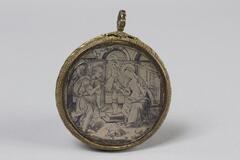



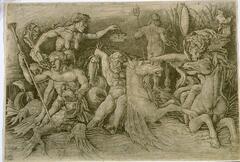


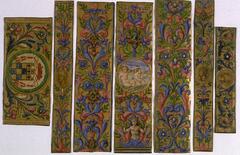
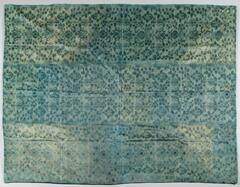
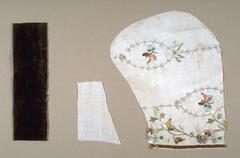
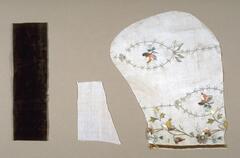
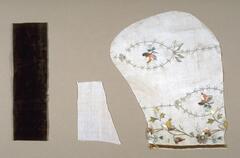
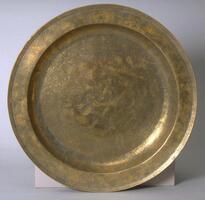
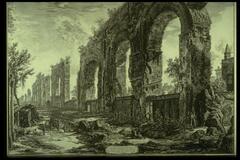

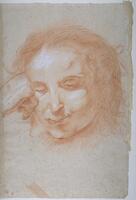
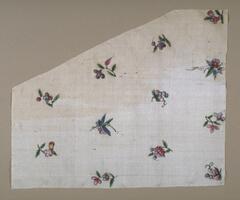
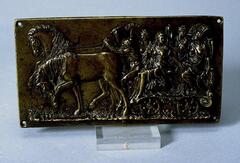


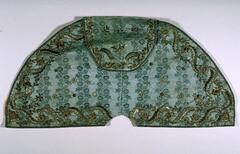
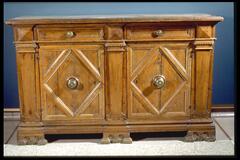

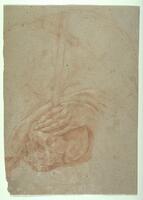

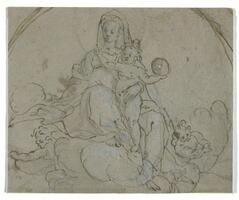
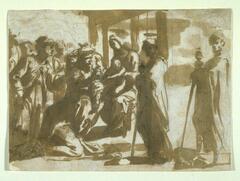
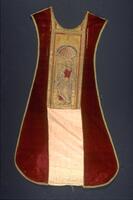
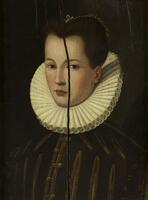

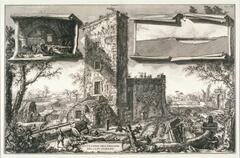


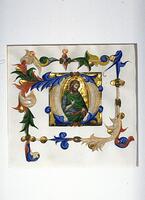
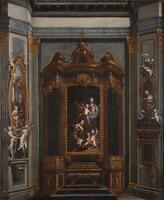
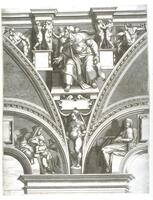
![This rectangular panel depicts four sacred figures rendered in dark hues with passages of vibrant red against a gold background. The upper edge of the gilded frame bears the prayer known as the "Hail Mary" ("Ave Maria Gratia Plena Domin[us tecum]"). This rectangular panel depicts four sacred figures rendered in dark hues with passages of vibrant red against a gold background. The upper edge of the gilded frame bears the prayer known as the "Hail Mary" ("Ave Maria Gratia Plena Domin[us tecum]").](/media/W1siZiIsIjIwMjIvMDUvMjUvMzZ5bWpwaTBuNl9kZWZhdWx0LmpwZyJdLFsicCIsInRodW1iIiwiMjQweDIwMCJdXQ?sha=182c62b7143d052b)
